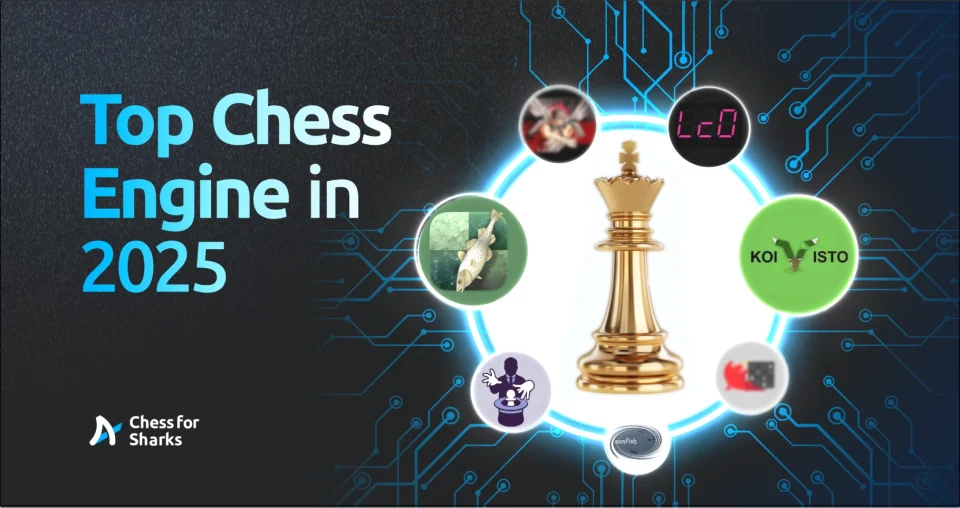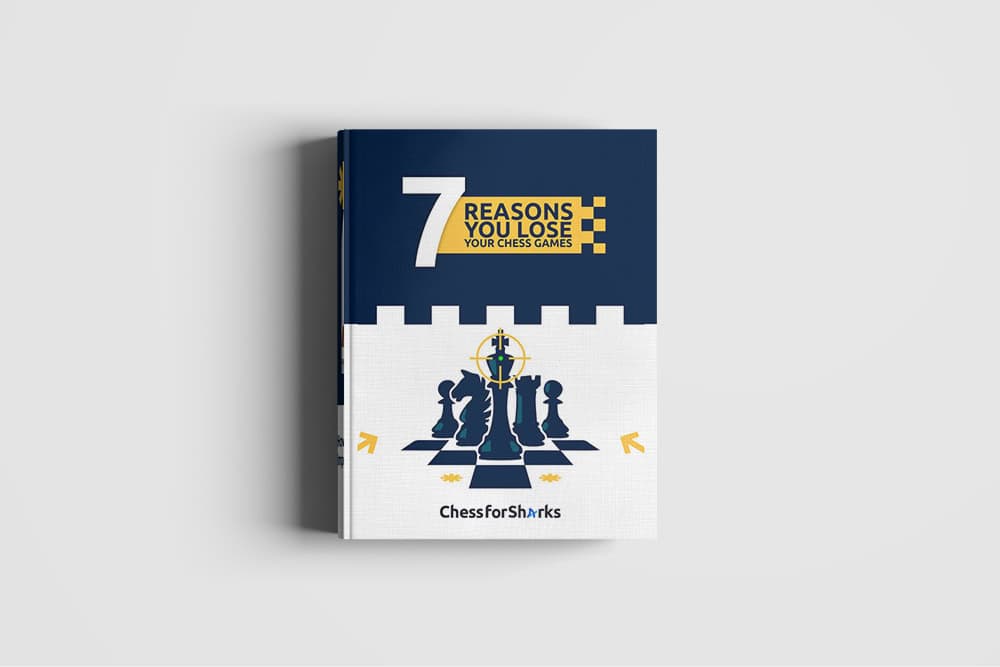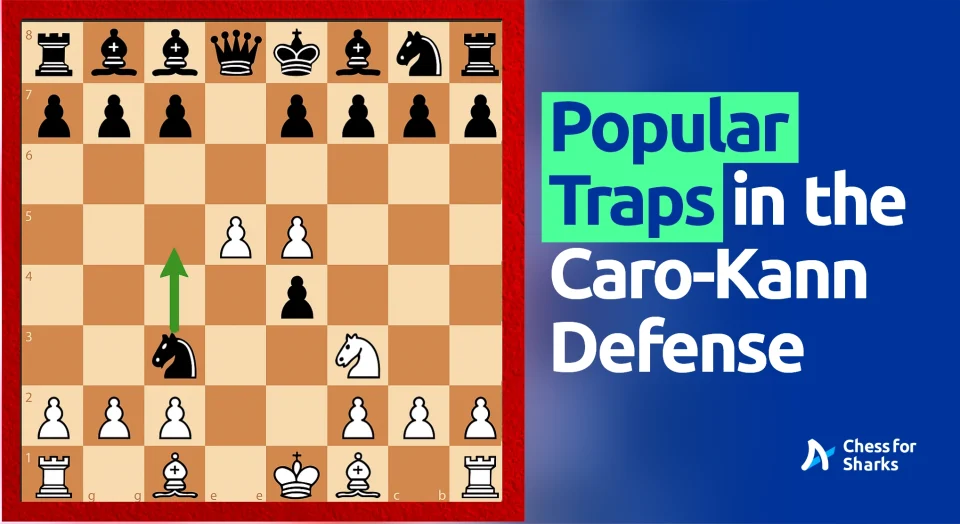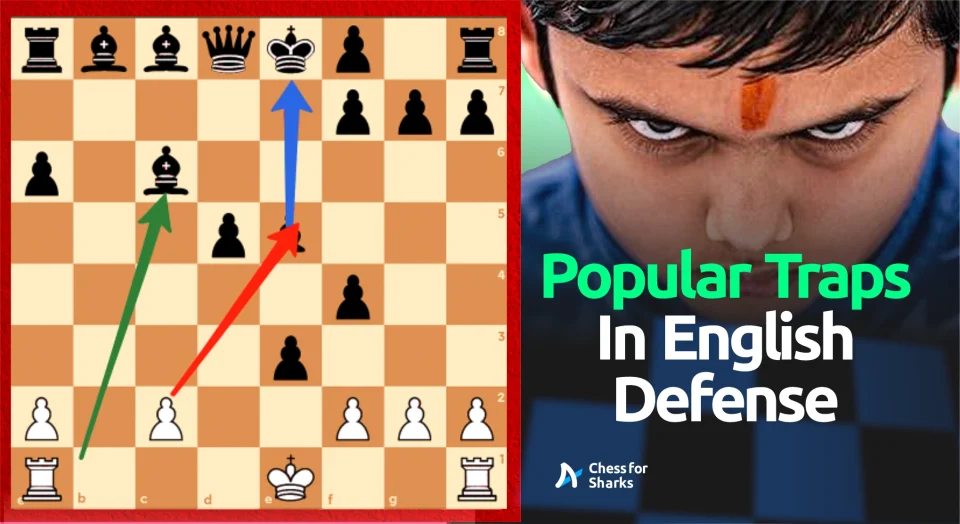Introduction
The world of computer chess has exploded in the last decade. Chess engines have become more than just tools for hobbyists; they’re now full-blown grandmasters in a machine.
In fact, they’ve made what used to be a hard game to play look easy. Whether you’re analyzing chess games, prepping for a tournament, or just curious to see how AI approaches the board, knowing the top performers in the engine world is a must.
So, let’s talk about the best of the best: the chess engines that are dominating both the cloud and the board in 2025.
The Leading Chess Engines of 2025
We have many top chess engines like Stockfish, Fat Fritz, Torch and many others, but let’s highlight a few:
Stockfish – Strengths and Analysis
Let’s be real: Stockfish is still the monster of the engine world. In 2025, it remains open-source, brutally strong, and consistently outperforms nearly every other engine in classical analysis.
Its strengths? Insane depth and precision. It evaluates millions of positions per second and adapts quickly to unclear positions. And yes, it’s free.
If you’re analyzing chess games on chess websites like Lichess and Chess.com, you’ve already used it.
Leela Chess Zero – Strengths and Analysis
Leela Chess Zero (LCZero or just “Leela”) is the neural net queen of chess engines. Inspired by AlphaZero, it learns by playing millions of games against itself.
What makes Leela unique is her human-like evaluations. She doesn’t brute-force moves like Stockfish; she sees the long-term game, the strategic squeezes, and the bishop maneuvers that feel more intuitive.
She’s ideal for players who want analysis that doesn’t just rely on brute-force calculation.
Dragon by Komodo – Strengths and Analysis
Dragon is Komodo’s most powerful version yet, blending traditional engine calculation with neural net evaluations.
It’s known for giving positional evaluations that are closer to human understanding while still packing an absurd amount of calculating punch.
It also has customizable personalities. That’s right, you can adjust its play style to mimic different levels or even famous players.
Want to face a super-solid grinder or a risky tactician? Dragon’s got you covered.
Fat Fritz 2 – Strengths and Analysis
Fat Fritz 2 is the chess engine that plays like AlphaZero’s spiritual cousin. It is built on the foundations of Stockfish and adds its own neural net on top to create deeper and more strategic evaluations.
It thrives in complex middlegames and crazy tactical positions. If you enjoy games where every move feels like a puzzle, Fat Fritz 2 is your beast.
Houdini – Strengths and Analysis
Houdini is another excellent chess engine. While not as flashy as Stockfish or Leela, Houdini is the magician of escape, staying true to its name.
It’s often used in correspondence chess and deep positional analysis because of its unique evaluation patterns.
Key Features to Consider in a Chess Engine
There are quite a few chess engines available for use. Before you decide on the right engine for you, you should consider some key features to ensure you get the best possible engine for use.
Strength (Elo Rating)
When discussing the best chess engines in 2025, one of the first things people ask about is their rating. Some of these engines surpass 3200 Elo, leaving even world champions gasping for air.
Analysis Capabilities
A great chess engine shouldn’t just be strong, and it needs to explain why a move works.
The top engines provide multi-depth analysis, allow variation exploration, and even offer move justifications that make sense to club-level players.
This is a key difference that separates just a strong calculator from a good trainer.
User Interface and Compatibility
Engines are only as good as the software that runs them. Whether you’re using ChessBase, Arena, or something open-source, the ease of use matters. Compatibility with operating systems and other GUIs is crucial.
And if you’re hunting for the best chess software, this feature is non-negotiable.
Opening Book and Endgame Tablebases
The top engines come with huge opening libraries and access to 7-piece tablebases that provide perfect endgame play.
This is where the experience levels up as you’re no longer just guessing or learning from trial and error. You’re seeing how engines finish games to perfection.
Also worth checking out is: Advanced Chess Programming: How Strong Chess Engines Work. It’s an excellent resource for those curious about the mechanics behind these beasts.
How Chess Engines are Evolving
Over the past decades, we’ve seen chess engines take a massive leap from being just analysis tools to indispensable chess tools.
Chess engines have clearly improved since the days of Deep Blue. Let’s take a closer look at how they have evolved over the years.
The Role of Neural Networks in Chess AI
Neural networks are the real game-changer. Engines like Leela Chess Zero have shown the chess world how powerful machine learning can be.
These engines learn as humans do. They evaluate patterns, long-term plans, and learn strategic shifts.
There are even tournaments for chess engines, where the best of the best compete head-to-head.
While most of the moves are usually beyond our limited human perception, seeing chess engines like Leela Chess Zero displayed in tournaments and analysis tools shows just how accepted these models have become.
Hardware Advancements and Engine Performance
You can’t run a Ferrari on a lawnmower engine. As hardware continues to improve, so does chess engine strength.
GPUs, multi-threaded CPUs, and cloud-based computing mean engines calculate deeper and faster than ever.
As AI research advances, we see engines that adjust evaluations based on user level, match history, and even opponent tendencies.
This is no longer AI chess; it’s chess that thinks about how we think.
Conclusion: The Future of Top Chess Engines
So, where are we headed? One thing’s for sure: the chess engines in 2025 are light years ahead of what we had even five years ago.
With neural networks, hybrid models, and integration into top chess platforms, they’ve become tools and training partners, teachers, and sometimes tormentors.
These engines make grandmasters look like jokes, but they also help those same grandmasters level up.
Every grandmaster and top-level player has their favored engine for analysis, preparation, and overall training.
For the rest of us normal chess players, they’re a window into chess in its most perfect form.







join the conversation